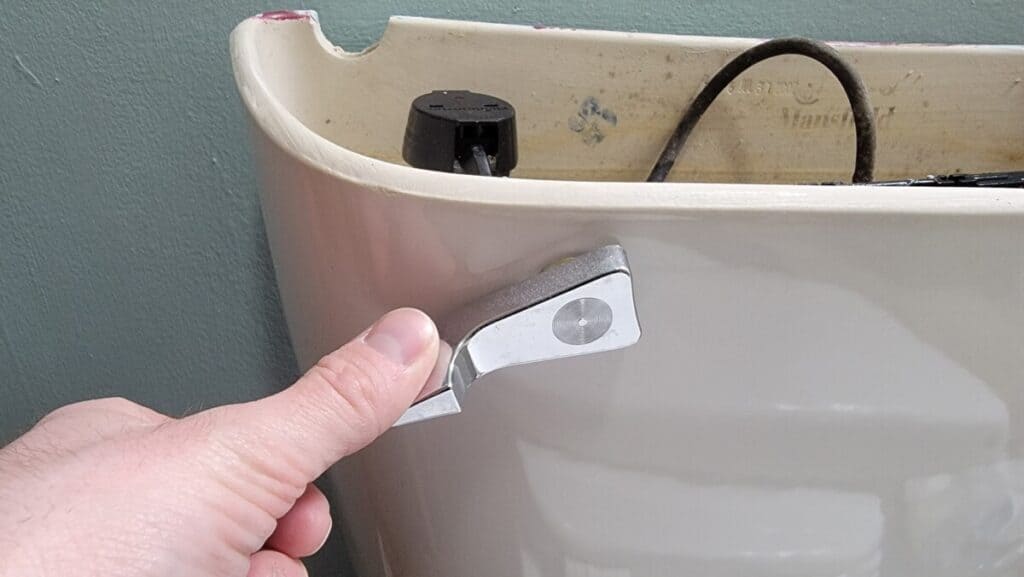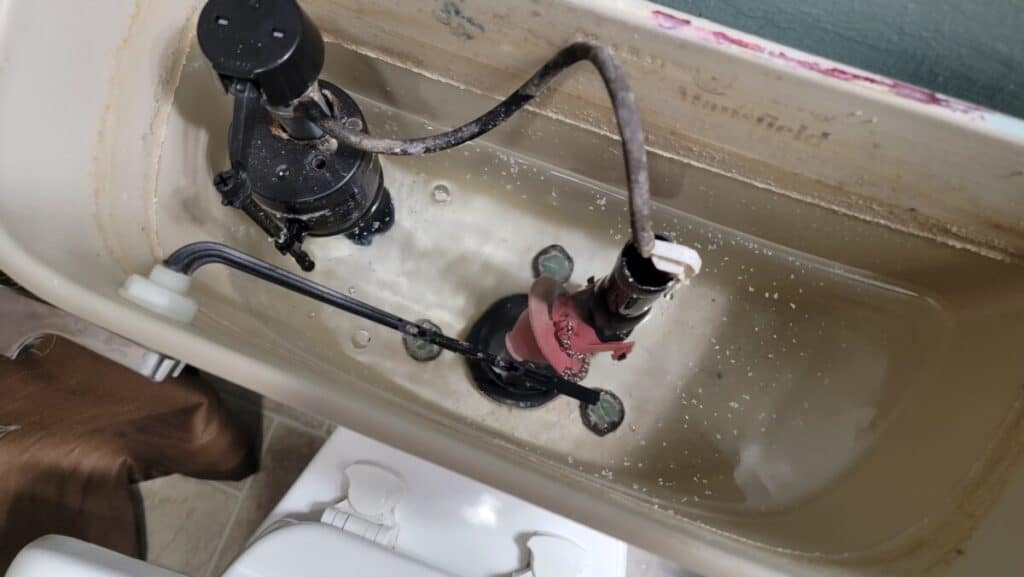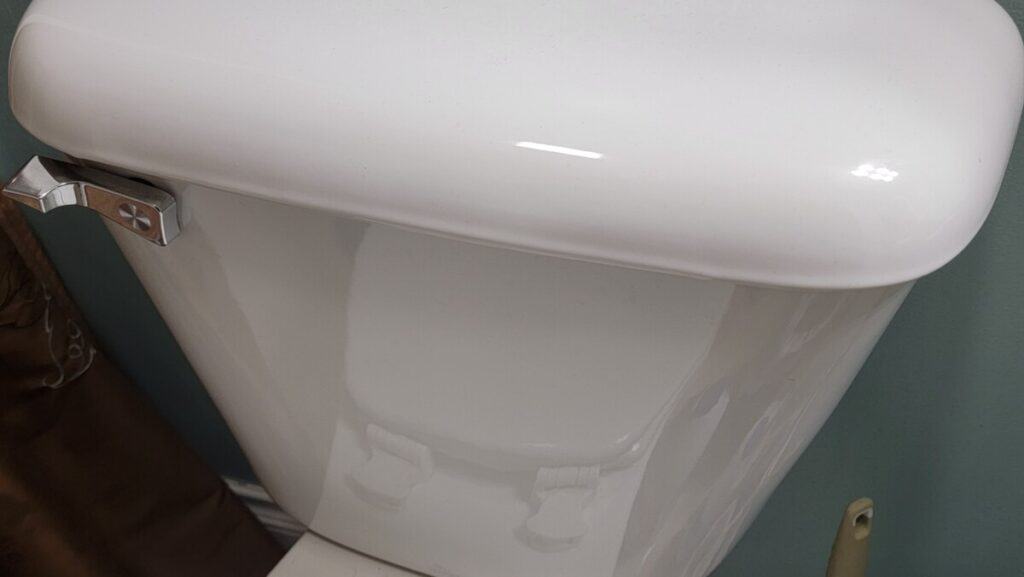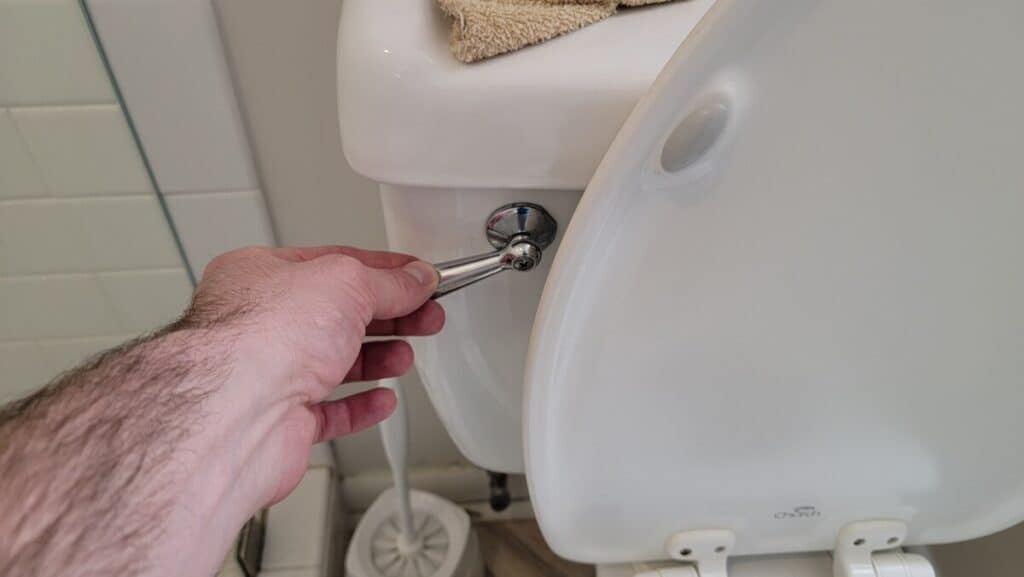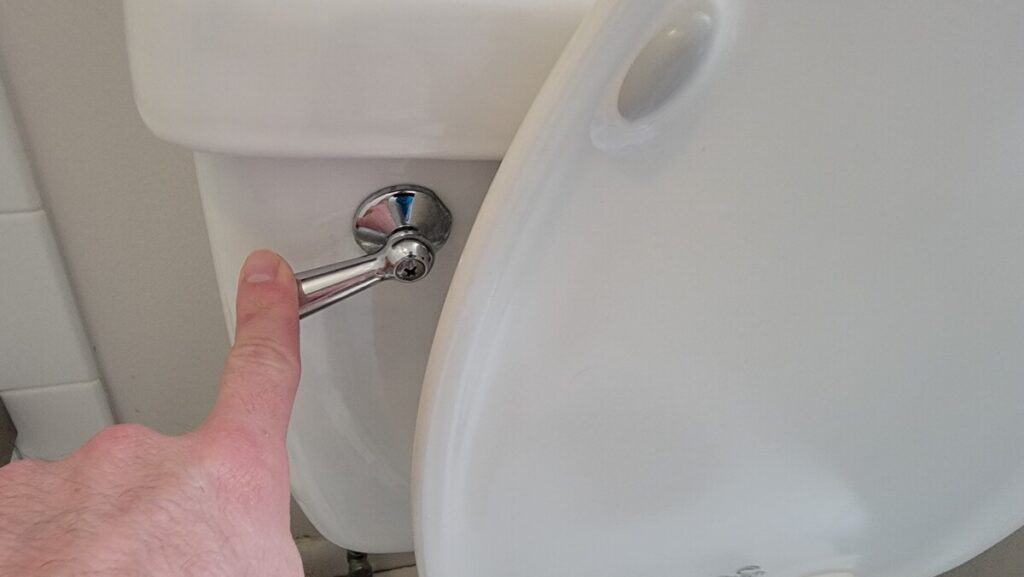[Solved] Help! Toilet Leaks When I Sit on It!
Is there anything more frustrating than a leaky toilet? Well, what if it only leaks when you sit on it? That’s a whole new level of annoyance!
A toilet is a simple yet essential part of our daily lives. While it’s typically designed to function without any issues, sometimes, things can go wrong. One particularly perplexing problem is when your toilet leaks only when you sit on it. To figure out what’s causing this and how to resolve it, it’s essential to understand the basic components of a toilet and how they function.
If you’re dealing with this issue, you’re probably wondering what’s causing the problem and how to fix it. Worry not! Over the course of the last 10 years, while working in maintenance at a property housing over 250 toilets, I have come across this precise issue on numerous occasions.
This article is here to guide you through the possible reasons behind this mysterious leak and provide practical solutions to help you address the issue.
Understanding Your Toilet:
A typical toilet consists of two primary parts: the bowl and the tank. The bowl is the part you sit on, and the tank is the upper part that holds the water used for flushing.
When you flush the toilet, water from the tank rushes into the bowl through a small opening called the flush valve, which then pushes the waste down the drain. Once the tank is empty, the fill valve refills it with water, ready for the next flush.
The toilet is connected to the floor by two bolts (called closet bolts) and sealed with a wax ring to prevent water and sewer gases from escaping. If any of these components malfunction or are improperly installed, your toilet may leak when you sit on it.
Reasons Why Your Toilet May Be Leaking When You Sit on It
Now that we have a basic understanding of a toilet’s components, let’s dive into the possible reasons behind the leak and how to fix them.
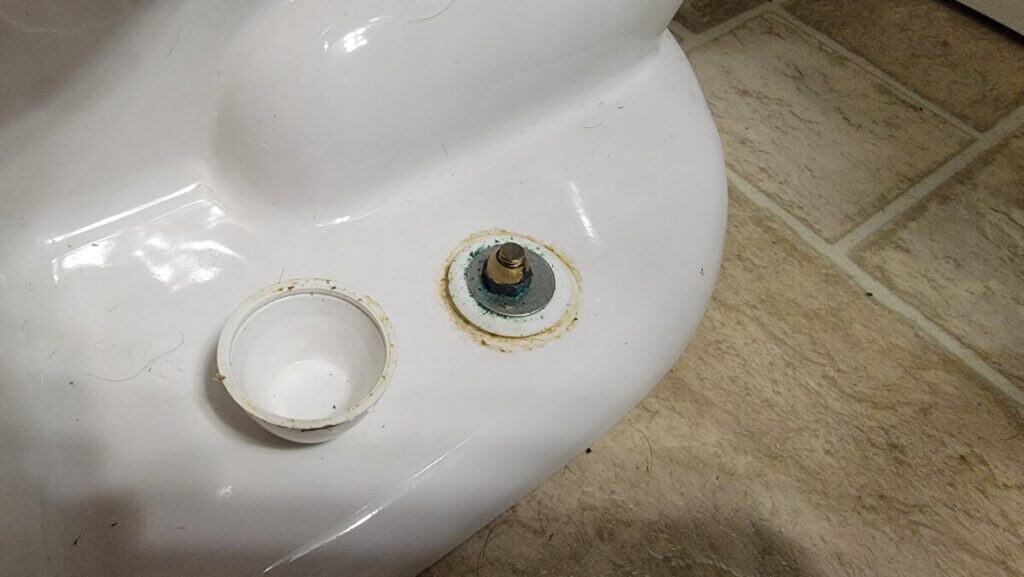
Loose or Broken Closet Bolts:
The closet bolts that secure your toilet to the floor play a crucial role in keeping your toilet stable and leak-free. If these bolts become loose or break, your toilet may wobble or shift when you sit on it, causing a leak.
To fix this issue, you’ll need to tighten or replace the closet bolts:
- Turn off the water supply to the toilet and flush it to empty the tank and bowl.
- Remove the bolt covers on the base of the toilet and use a wrench to tighten the bolts. Be careful not to overtighten them, as this can crack the toilet base.
- If the bolts are broken or corroded, remove them and replace them with new ones.
- Turn the water supply back on and check for leaks.
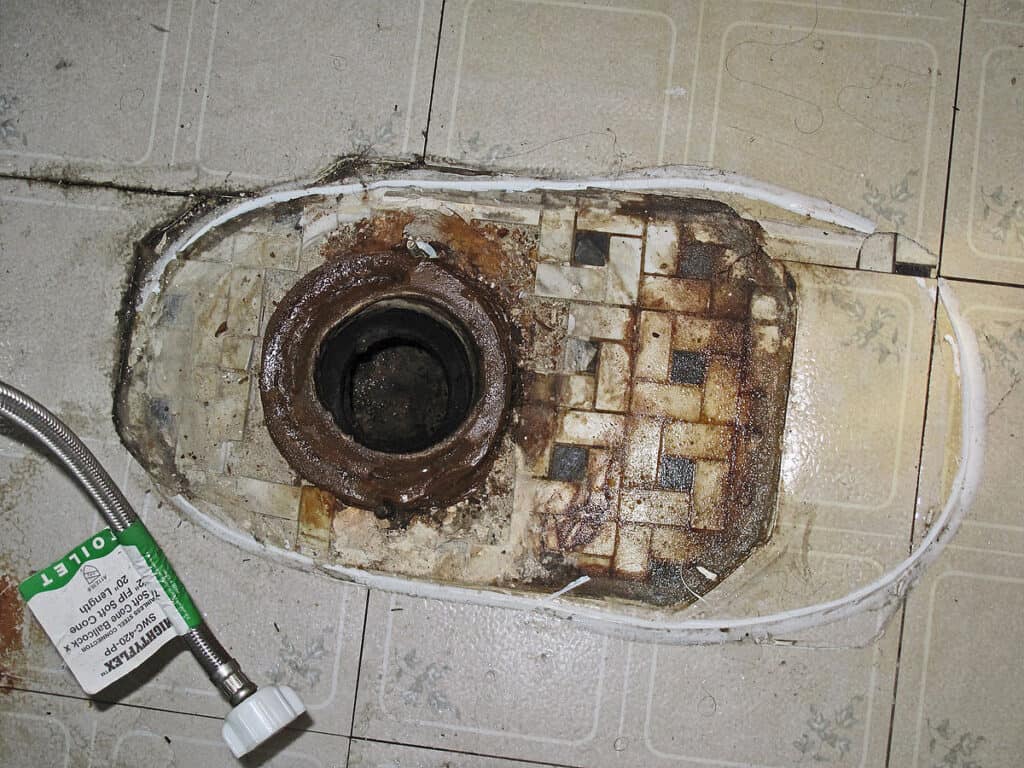
Damaged or Improperly Installed Wax Ring:
The wax ring forms a watertight seal between the toilet bowl and the drain pipe, preventing water from leaking onto the floor. If the wax ring is damaged or not installed correctly, it may cause a leak when you sit on the toilet, as the pressure can force water past the compromised seal.
To replace the wax ring, follow these steps:
- Turn off the water supply to the toilet and flush it to empty the tank and bowl.
- Disconnect the water supply line from the toilet and remove the closet bolts.
- Carefully lift the toilet off the floor and set it aside on a drop cloth or newspapers.
- Remove the old wax ring from the toilet base and the flange (the metal or plastic ring that the closet bolts attach to). Use a putty knife or scraper to remove any remaining wax.
- Inspect the flange for damage. If it’s cracked or broken, it may need to be replaced.
- Place the new wax ring on the flange or the toilet base, depending on the manufacturer’s instructions.
- Carefully lower the toilet onto the flange, aligning the mounting holes with the closet bolts. Press down firmly to compress the wax ring and create a watertight seal.
- Reinstall the closet bolts and tighten them securely. Reconnect the water supply line and turn on the water supply.
- Flush the toilet a few times to check for leaks. If there are no leaks, replace the bolt covers.
Cracked Toilet Bowl or Tank:
A cracked toilet bowl or tank can also cause leaks when you sit on it. The pressure applied when sitting on the toilet may cause water to seep through the crack. If you notice a hairline crack in the bowl or tank, it’s best to replace the entire toilet, as attempting to repair a crack is often not a long-term solution.
Condensation on the Toilet Tank:
In some cases, the “leak” you’re experiencing when sitting on the toilet might actually be condensation forming on the outside of the toilet tank. This can happen when the cold water in the tank comes into contact with warm, humid air in your bathroom. The condensation can drip onto the floor, making it appear as though the toilet is leaking when you sit on it.
To address this issue, consider the following solutions:
- Improve ventilation in your bathroom by using an exhaust fan or opening a window to reduce humidity levels.
- Insulate the toilet tank with a tank liner or insulation kit to minimize temperature differences between the cold water and the warm air.
- Use a dehumidifier to remove excess moisture in the air inside your house.
Final Takeaways
A toilet that leaks when you sit on it can be both perplexing and frustrating. However, by understanding the possible causes and following the steps provided in this article, you can identify and fix the issue effectively.
Whether it’s loose or broken closet bolts, a damaged or improperly installed wax ring, a cracked toilet bowl or tank, or condensation on the toilet tank, addressing the root cause of the leak will help restore your toilet’s functionality and keep your bathroom clean and dry.



